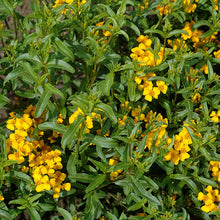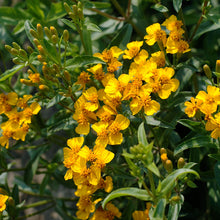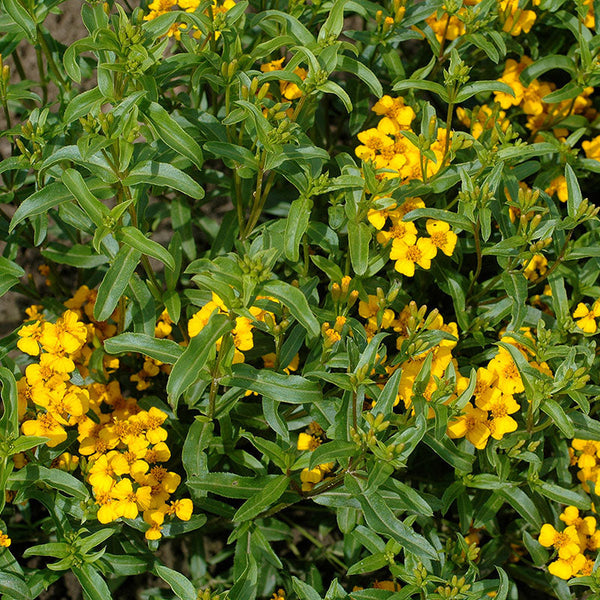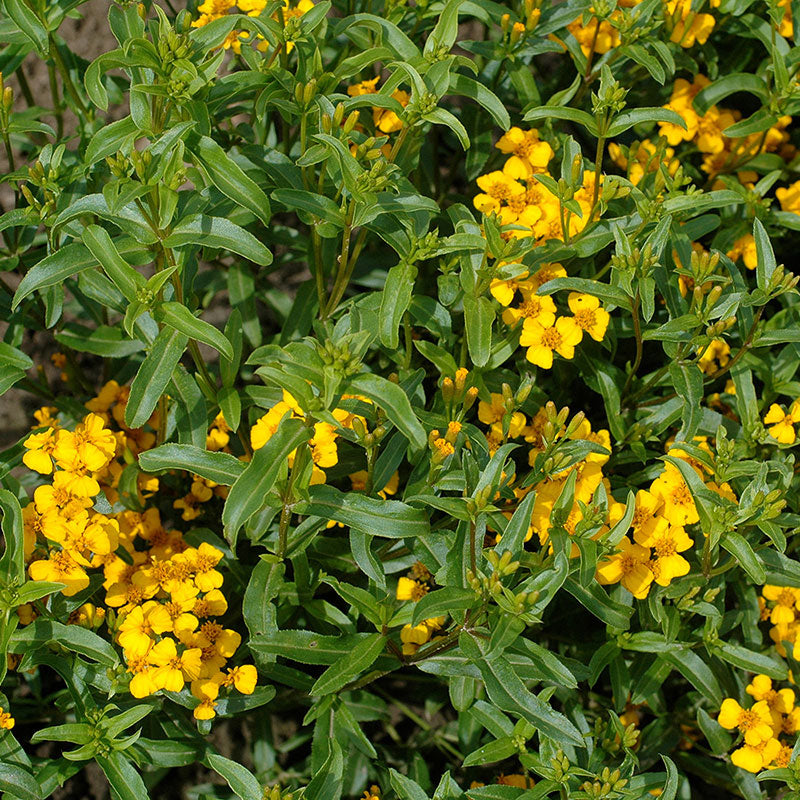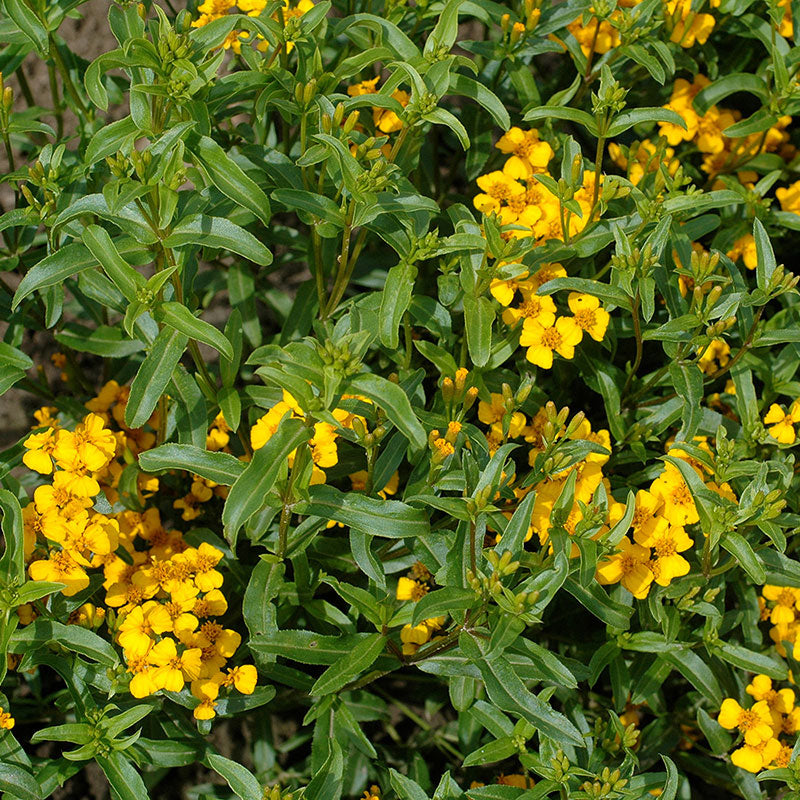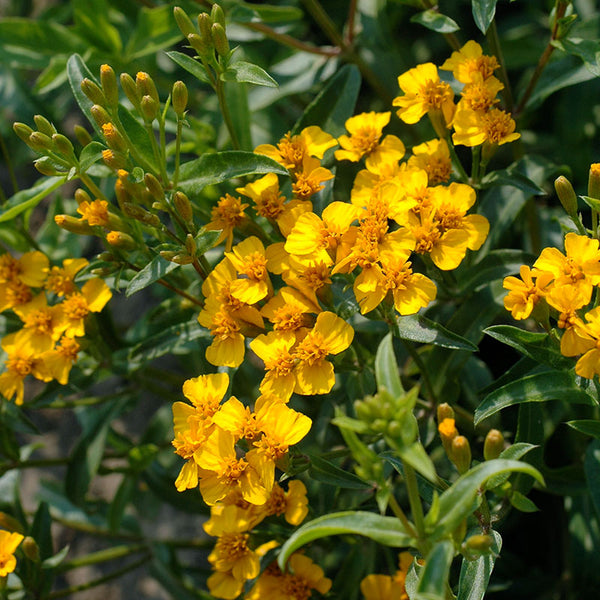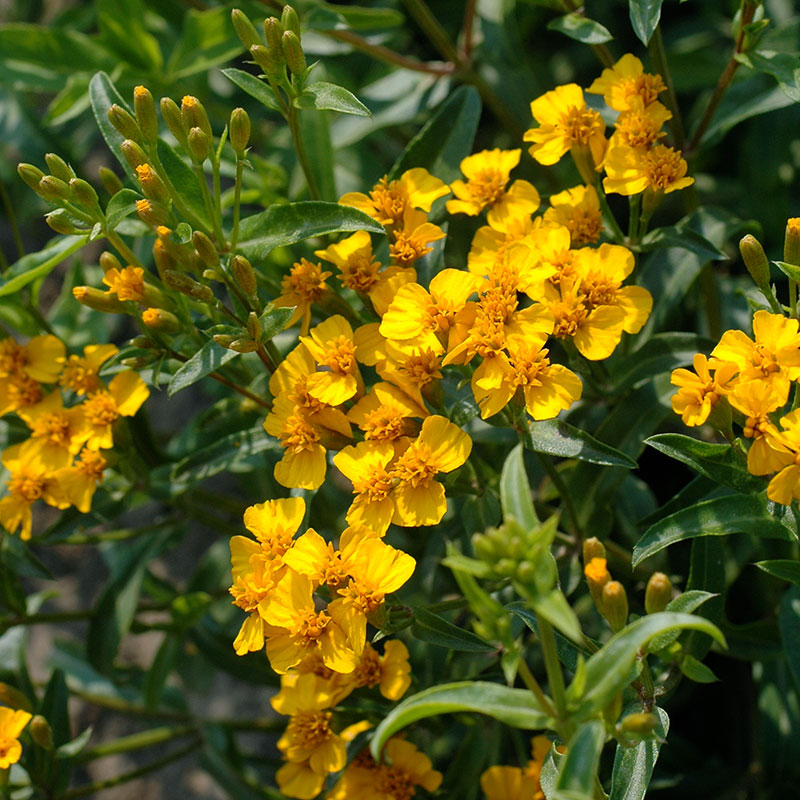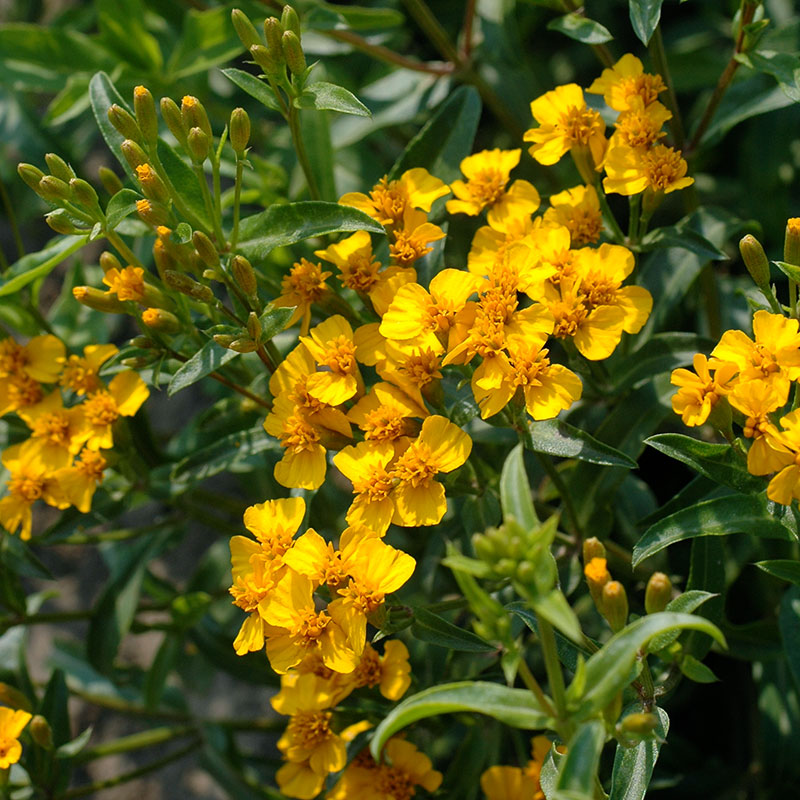SOWING INSTRUCTIONS
Seed To Bloom:
8-10 weeks
Starting Indoors:
Sow 6-8 weeks before last frost. Sow seeds thinly and keep at 65-75°F.
Starting Outdoors:
Direct sow at last spring frost date.
PLACEMENT & CULTIVATION
The anise-scented foliage of sweet mace is handsome and fresh-looking all season long, the tips studded with gold blooms. A cottage garden inhabitant, sweet mace is especially beneficial in the veggie garden, repelling insect pests and harmful nematodes in the soil while attracting beneficial insects. The edible leaves are used as a tarragon substitute in its native Mexico, and it is a sought-after dye plant, the leaves producing a natural golden yellow dye that deepens to a rich, burnished hue when flowers are added to the dye pot.
Watering Details:
About 1" per week, though it will tolerate some drought once established.
Soil pH:
Prefers slightly acidic to neutral.
Fertilizer:
Mix in about an inch or two of compost or some organic granular fertilizer when transplanting. Flowers well with little added fertilizer, too much and foliage will be lush and flowers less abundant.
Diseases & Pests:
Be sure to space properly to increase air circulation and avoid fungal issues such as leaf spot. Japanese beetles can be hand-picked into a bowl of soapy water. If insects such as spider mites, aphids, thrips, or whiteflies are an issue, treat with an insecticidal soap.
When to Cut for Bouquets:
Harvest when fowers are fully open.






























